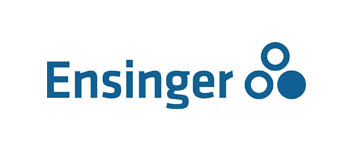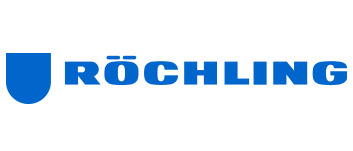One of the more difficult aspects of machining plastic parts can be keeping them flat especially when the final geometry is particularly asymmetric. We have chosen the words “can be” because there are some tell-tale signs that make certain parts a lot more troublesome than others and there are a number of adjustments to the machining sequence that can help one overcome the difficulties associated with keeping flat parts flat.
Why do machined parts warp in the first place?
All shapes (i.e. rod and plate) have a balanced stress state with respect to the shape centerline. If during machining, more material is removed from one side of the centerline than the other, the material will “dish up” towards the side with more material removed. The amount of residual stress locked into the material determines how much the material will move once the outer material is removed. The same condition exists in metals. However, the lower stiffness of plastics makes the magnitude of this more significant. Excessive heat build-up during machining can also contribute to such material movement.
What can I do to prevent warping?
The most critical step is to start with high-quality, stress-relieved material. After selecting fully-annealed material, one must try to maintain part flatness through the machining process by maintaining balance with respect to the original centerline. For example, if one is machining a part that is 1″ in overall thickness but has a very non-symmetric (with respect to the centerline) geometry, it may be helpful to start with 1.125″ or 1.25″ stock. Starting with over-sized stock enables removal of equal amounts of material from both sides of the centerline. This balanced machining approach generally involves flipping the part at least once during machining.
The part was flat when I was machining it but moved after I removed the clamps. What happened?
Care must be given during fixturing to avoid the tendency to flatten already warped material. Plastics are again much less rigid than metals and therefore elastically deflect under normal clamp pressure. We generally suggest side pressure (X-Y plane) to hold parts in which flatness is critical. Parts can generally be milled flat once they are held in a free-state. It is generally best to orient such parts belly up (i.e. like an upside bowl.)
Should I incorporate an annealing cycle to flatten distorted part?
In most cases annealing during and/or after machining can be avoided. We generally suggest a 48-hour hold after rough machining a complex, non-symmetric part, in most cases allowing .125″ on all surfaces allows for finish machining after the part has moved. This rough-machine hold for 48 hours and finish machine is one of the most reliable methods for achieving, flat, dimensionally-stable parts. Annealing during or after machining accelerates material movement but can cause unanticipated distortion if the blank is not fixtured properly.









